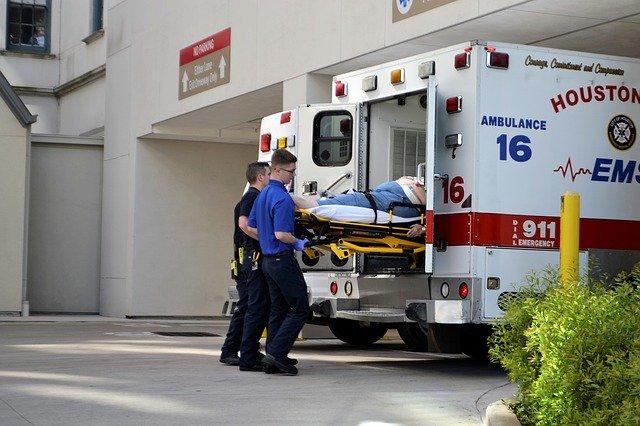While the technology evolved over the years, there are many apps which are created to keep a user healthy, such as Esquared, MyFitnessPal, FIIT, Move GB, Sleep++, Headspace, Edo and TruBe. But there is a smartphone app, which allows residents to see and hear emergency dispatches as they happen, and potentially save strangers with CPR or an automated external defibrillator (AED).
What is this app?
PulsePoint is the app which was launched ten years ago that allows the users to view and receive alerts on calls being responded to by fire departments and emergency medical services. Developed by PulsePoint Foundation, this app is already available in several Bay Area counties, including Sonoma, Alameda, Napa and Contra Costa.
This app informs nearby bystanders about a cardiac arrest situation in hopes of getting immediate help for the victim. As per Todd Stieritz, public affairs coordinator for the Montgomery County Department of Public Safety, PulsePoint had 6,371 subscribers as of February 1. He also mentioned that the users are able to access a list of emergency incidents across the county including fire, medical issue or traffic crash.
It should be mentioned that the lifesaver app PulsePoint is free for the users and has nearly two million users nationwide. The app was created by Richard Price, who was the chief of the San Ramon Valley Fire Protection District at the time. It only alerts people to emergencies in public places, not private property and for CPR, it will notify responders within a half-mile of the person in distress.

How does it work?
The PulsePoint app includes two separate functioning applications, which are PulsePoint Respond and PulsePoint AED. Both of them are available for iOS and Android. It should be mentioned that this app is associated with the 911 dispatch system.
When someone suffers from cardiac arrest event in a public place and 911 was dialled for further assistance, the dispatcher enters a code which the app system distributes as a notification to subscribers within a quarter-mile of the incident. Then a map appears on the user's phone which shows the location of the person in cardiac arrest and the closest available AED.
As reported by The Reporter, Stieritz said that even though PulsePoint is targeting those people who know the process of CPR, anyone can download to use the app. It also includes a function that teaches the users about "hands-only CPR" and 911 dispatchers also can instruct the callers on how to perform the necessary measures in such an emergency situation.
It should be mentioned that in terms of other function, the PulsePoint AED allowed the users to report a location of the AEDs in the locality. People can also input a photo and other information into the app about a particular location of an AED.

PulsePoint app helped in emergency situations
Al Hart of Fairfax, who suffered from a cardiac arrest told KTVU that he and his wife are triathletes and during the middle of a run he felt stricken and was not aware of the major blockages in his coronary arteries. After he collapsed on the road Juliana Schirmer of Livermore, who was at the location found that Hart was in bad condition as there was no pulse and he was not breathing.
Schirmer said, "My husband was doing the chest compressions and I was speaking to the 9-1-1 operator who said we need an AED." Staff in the Shadow Cliffs Regional Recreation Area were able to rush a defibrillator to the scene because they received the notification from PulsePoint on their smartphones.









